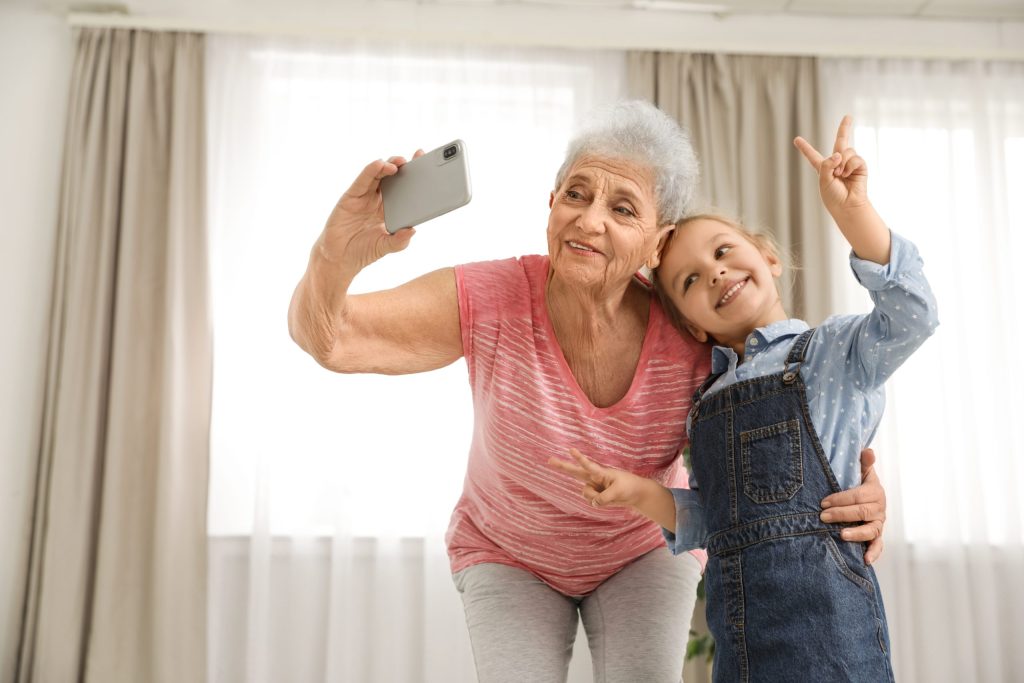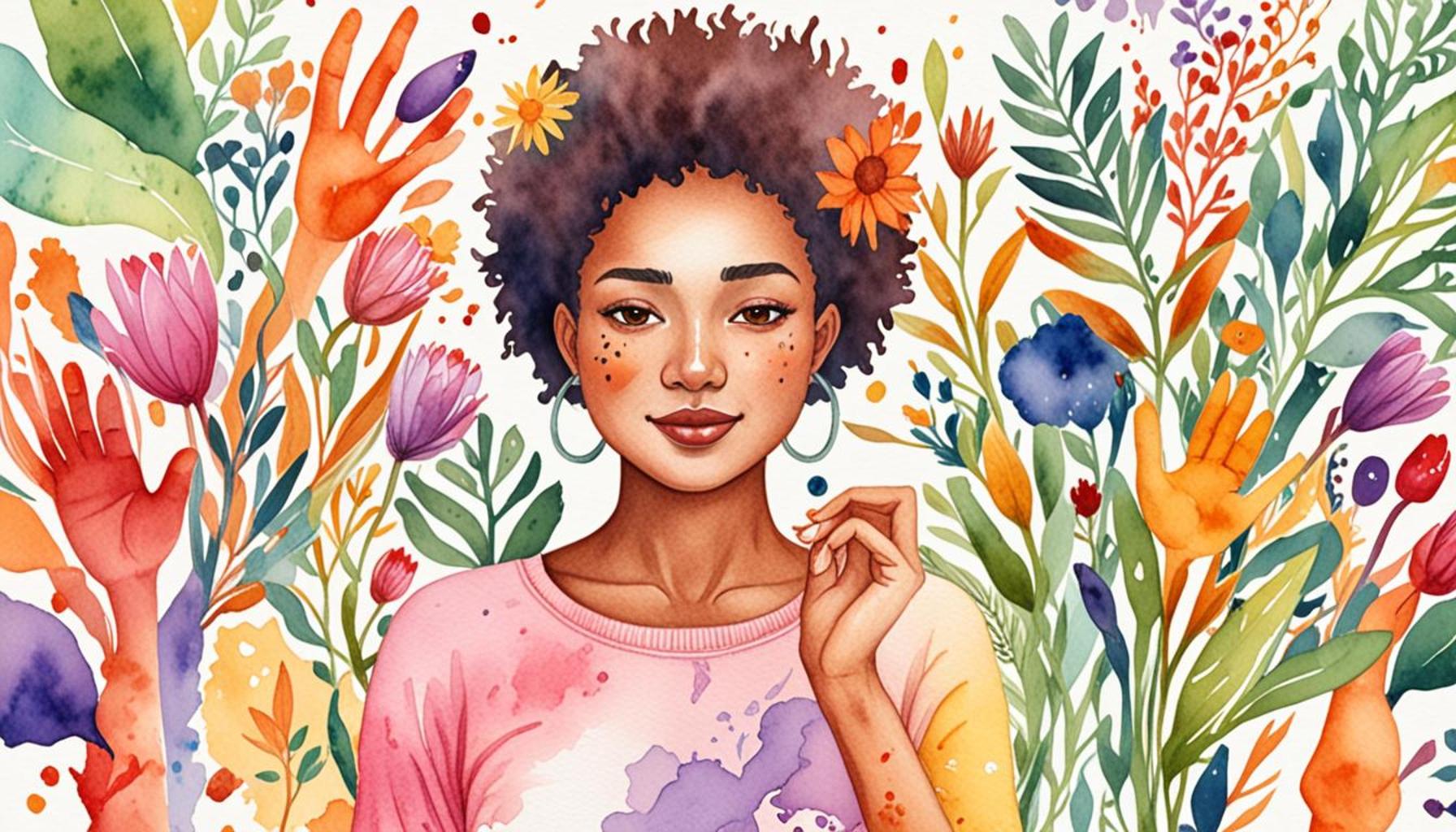The Power of Intergenerational Connections: How Relationships Between Different Ages Promote Healthy Habits

The Importance of Intergenerational Connections
In today’s fast-paced world, intergenerational connections are often overlooked. Yet, fostering relationships between different age groups can lead to profound benefits for both physical and mental health. These connections bridge the gap across generations and present unique opportunities for growth.
Interacting with people from varied age brackets is not merely a beneficial experience; it is a crucial element in addressing the loneliness epidemic affecting many communities. In the United States, studies indicate that nearly one in five Americans report feeling isolated. Intergenerational relationships can effectively combat this social isolation by creating a network of support.
Consider the following advantages of building relationships among diverse age groups:
- Mental Stimulation: Younger individuals can benefit immensely from the life experiences and perspectives of their elders, gaining insights that books or digital media often cannot provide. For instance, storytelling sessions where seniors share memories of significant historical events can deepen the understanding of younger generations about their heritage. Conversely, seniors learning about emerging technologies or contemporary cultural trends from younger people can help keep their minds engaged and adaptable.
- Healthy Lifestyle Choices: Interactions between age groups frequently promote shared activities that can lead to healthier lifestyles. For example, volunteering together at community gardens or participating in cooking classes can encourage healthy eating habits and physical activity. Programs like Meals on Wheels, which connects volunteers with elderly clients, have demonstrated how such interactions can lead to improved nutrition and also well-being.
- Community Strength: Diverse relationships foster a sense of belonging and mutual support, which is crucial for overall well-being. Neighborhood initiatives that encourage youth to help seniors with home maintenance or technology use can create tangible bonds, further enhancing community resilience. Such connections build safer, more cohesive environments, contributing to lower crime rates and enhanced community trust.
Research has shown that engaging with different generations contributes to reduced feelings of loneliness and increased emotional resilience. For example, a study published in the journal Psychology and Aging found that older adults who engage regularly with younger people report lower levels of depression and higher overall life satisfaction. This interactivity provides both groups with emotional support and fosters a sense of purpose.
This article will delve deeper into how these connections can inspire healthy habits and improve life quality across all age groups. By participating in intergenerational mentorship programs or social activities designed to encourage interaction, many individuals may find fulfillment and happiness in unexpected ways.

Join us as we uncover the transformative power of intergenerational bonds and explore practical ways to cultivate these relationships within our communities. Together, through shared experiences and insights, we can bridge generational divides and create a vibrant tapestry of support for all ages.
DISCOVER MORE: Click here to learn about building a support network
Bridging Generational Gaps Through Shared Activities
One of the most effective ways to foster intergenerational connections is through shared activities that encourage participation from individuals of various ages. These interactions create a platform for individuals to learn from each other, forge friendships, and promote a culture of health and wellness across the lifespan. Whether it’s cooking classes, fitness programs, or community gardening, engaging in these collective experiences can yield significant health benefits for all involved.
Research indicates that participating in organized activities can significantly enhance the quality of life for individuals across all ages. A study published in the Journal of Community Health highlighted that seniors involved in group exercise saw improvements in their physical health and mental well-being, as well as decreased feelings of isolation. Meanwhile, younger participants often report increased self-esteem and confidence stemming from their positive interactions with older adults.
Let’s delve into some examples of how these shared experiences can inspire healthy habits and community engagement:
- Cooking Classes: Pairing seniors with younger generations in cooking classes can be a delightful way to promote healthy eating and intergenerational sharing. Young participants can teach their elders about contemporary nutrition trends and alternative diets, while seniors can impart traditional cooking techniques and cultural recipes. This culinary exchange not only fosters healthy eating habits but also enhances connection through the joy of food.
- Gardening Initiatives: Community gardens that include participants from varied age groups stand out as powerful hubs of interaction. Seniors can share their gardening wisdom, while younger individuals may offer insights into new sustainable techniques or digital tools to enhance gardening efficiency. Growing food together also emphasizes the importance of fresh, organic produce, translating into healthier lifestyle choices.
- Mentorship Programs: Establishing mentorship programs where older adults share their skills or knowledge with younger individuals can help bridge generational divides. This nurturing relationship not only promotes personal growth but also cultivates a sense of purpose for seniors. As younger individuals gain valuable wisdom and life lessons, they are more likely to incorporate healthy practices into their daily routines.
In addition to these group activities, technology can play a significant role in enhancing intergenerational connections. Virtual platforms allow older adults to communicate with younger individuals, providing a space for mentorship and learning regardless of distance. For instance, seniors can learn how to use smartphones or social media through guidance from tech-savvy youth, resulting in improved digital literacy and connectivity.
Engaging in these types of activities promotes mutual respect and understanding, thereby fostering a sense of community. By building strong intergenerational bonds, people of all ages can benefit from each other’s perspectives, leading to enriched lives and healthier lifestyles.
The dynamic and enriching interactions between generations serve as a critical foundation for fostering healthy habits and well-being. Engaging across age groups stimulates not only emotional support but also shared knowledge that benefits both younger and older individuals. Mentorship from older adults can guide younger generations in areas such as career choices, social behaviors, and health decisions, all while reinforcing a sense of purpose for the mentors involved. These relationships often hinge on valuable life lessons, leading to a myriad of positive outcomes.
Moreover, intergenerational connections can reduce feelings of isolation among elderly individuals. Studies have shown that older adults who maintain relationships with younger people experience heightened emotional health and a lower risk of depression. The sharing of experiences fosters empathy and understanding, bridging generational divides and cultivating a sense of community. Furthermore, children and teenagers benefit from the wisdom and life experiences of older peers, helping them develop emotional intelligence and resilience.
Real-life examples of these connections can be found in community programs that promote interactions between schools and senior centers. Initiatives such as storytelling sessions, gardening projects, and technology training create an environment ripe for mutual growth and learning. Through these collaborations, both demographics acquire new skills and perspectives, which promote lifetime healthy habits. These interactions push boundaries and redefine the way we perceive age and learning.
As research continues to unfold, it’s become increasingly clear that the power of intergenerational relationships extends beyond mere friendship; it fundamentally shapes our collective well-being and societal fabric. This growing awareness encourages communities to develop practices and programs that nurture these essential bonds, reinforcing their significance to health and wellness at all stages of life.
| Category | Benefits |
|---|---|
| Emotional Support | Reduces feelings of isolation and enhances mental well-being. |
| Knowledge Exchange | Fosters learning opportunities that enhance skills and adaptability across generations. |
DIVE DEEPER: Click here to discover the perfect balance
Building Empathy and Life Skills Across Generations
The profound potential of intergenerational connections lies not only in shared activities but also in the life skills and empathy that emerge from these relationships. By engaging with individuals from different age groups, participants can foster qualities that are essential for personal development and community strengthening. The ability to empathize, communicate effectively, and adapt to differing perspectives can greatly influence one’s approach to health and wellness.
Programs designed to bring together youth with seniors often facilitate the transfer of essential life skills that extend beyond current wellness practices. These interactions can provide both groups with valuable lessons that are conducive to healthy living and emotional resilience. Here are notable examples of how intergenerational relationships can cultivate empathy and critical life skills:
- Storytelling Circles: Organizing storytelling sessions where seniors share their life stories can have a rich impact on young adults. These narratives not only convey historical contexts and cultural insights but also build a bridge of empathy. As younger generations listen intently, they often gain wisdom that encourages healthier decision-making processes and a better understanding of diverse lifestyles.
- Volunteer Collaborations: Intergenerational volunteer opportunities, such as neighborhood clean-ups or charitable work, enable individuals of various ages to unite for a common cause. Through working together, younger individuals learn the importance of civic engagement and community responsibility, while seniors experience the vitality of youth. These shared missions often promote active lifestyles and instill a sense of accomplishment and belonging.
- Craft Workshops: Engaging in craft workshops allows older adults to showcase their skills, such as knitting or woodworking, while younger participants can introduce modern techniques or materials. This creative exchange fosters collaboration and can lead to improved fine motor skills for both parties. The mental focus required for crafting also serves as a form of mindfulness, benefiting overall mental health.
The integration of these activities opens the door to improved mental health outcomes, as participants often feel a renewed sense of purpose and belonging. Research published in the American Journal of Community Psychology reveals that individuals who engage in intergenerational activities demonstrate heightened levels of emotional well-being and lowered rates of depression. Young participants reported greater feelings of social connectedness, which can ultimately translate into healthier lifestyle choices.
Expanding the reach of these initiatives is essential. Schools and local governments can be pivotal in promoting intergenerational programs. Programs such as “Adopt a Grandparent,” which connects students with older residents for regular interactions, exemplify how small efforts can yield profound impacts. These instances of engagement instill the values of respect, patience, and communication in youth while empowering seniors to stay socially active.
Moreover, collaborative intergenerational efforts can also pave the way for community policies that prioritize health resources addressing the needs of varying age groups. Forming coalitions that combine the insights of both seniors and youth can yield creative solutions to common challenges such as mental health, access to nutritious food, and physical activity opportunities.
Incorporating student-driven community service projects that involve seniors can create a ripple effect, inspiring continuous learning and a dedication to health across age demographics. The results highlight a vision where different generations not only coexist but thrive collectively, thereby enhancing the quality of life for everyone involved.
DON’T MISS OUT: Click here to discover fun family exercises!
Fostering a Healthier Society Through Intergenerational Connections
As we’ve explored, the impact of intergenerational connections extends far beyond simple companionship; it fundamentally reshapes our understanding of health and well-being across the lifespan. By cultivating relationships between the young and the old, we not only bridge the generational gap but also create environments that encourage the sharing of knowledge, stories, and experiences vital to personal growth. The benefits are profound: enhanced emotional resilience, better communication skills, and ultimately, healthier lifestyle choices for all involved.
Further examination into this dynamic reveals that the collaboration of seniors and youths can pave the way for innovative solutions to pressing societal challenges. Programs that facilitate these interactions, like “Adopt a Grandparent” or community service initiatives, carry the potential to foster mutual respect, patience, and understanding that are crucial in today’s rapidly changing society. Such initiatives not only empower older adults to maintain social engagement but also encourage younger generations to take responsibility for their communities, facilitating a culture of health and wellness.
In looking ahead, it is essential that schools, community organizations, and local governments recognize and support these intergenerational programs with the resources they deserve. By investing in relationships that span different ages, we pave the way toward a collective vision where various generations co-create a vibrant and healthy society. This is not merely a call to action; it is an invitation to embrace the shared wisdom and vitality found in every age, ultimately leading to healthier futures for all.


